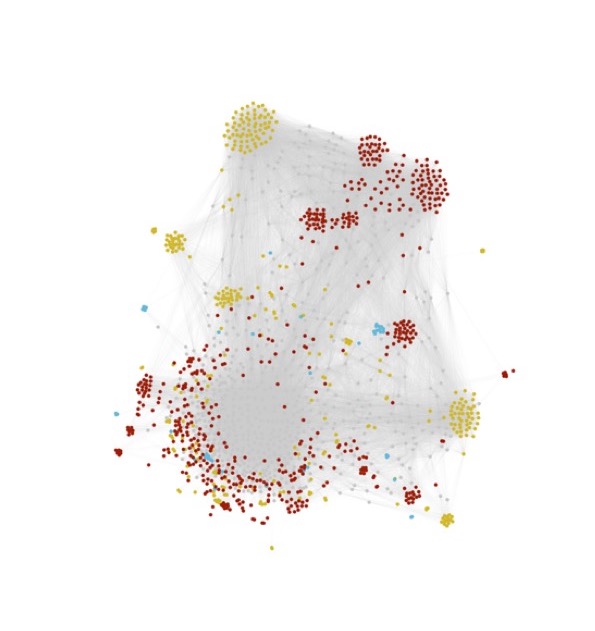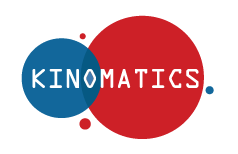New publication on gender inequality in the film festival sector

Share of ‘exclusive’ gendered communities in overall network [Blue = festivals exclusively connected through films made by women-only core creative teams; Yellow = festivals exclusively connected through films made by men-only core creative teams; Red = festivals exclusively connected through films made by mixed core creative teams]
In their paper The film festival sector and its networked structures of gender inequality Martha Emilie Ehrich, Katharina Burgdorf, Zhenya Samoilova and Skadi Loist investigate the extent to which the film festival sector is structured by gender bias. For this purpose, they conceptualize the festival sector as a one-mode network, consisting of film festivals linked by the screening of the same film, and a two-mode network, consisting of films and festivals. Data on 1,323 films circulating among 1,523 festivals, derived from the Film Circulation project, was used to carry out a network analysis in order to describe and decipher the structural aspects underlying persistent gender inequality in the film festival sector. They find that the festival network connected by films from women-only core creative teams is much sparser compared to the festival network connected by films from men-only core creative teams. They also find that the majority of festivals that hold key broker positions in the network have not signed the 5050×2020 Gender Parity Pledge, which may have important implications for gender inequality in the industry. Additionally, they find that films from men-only core creative teams are screened at more festivals on average than films from women-only core creative teams, and that the degree of distribution of films from men-only core creative teams is much more skewed, suggesting that these films have a pronounced festival hit dynamic, i.e., they are screened at more than ten festivals on average.
Read the article here.
